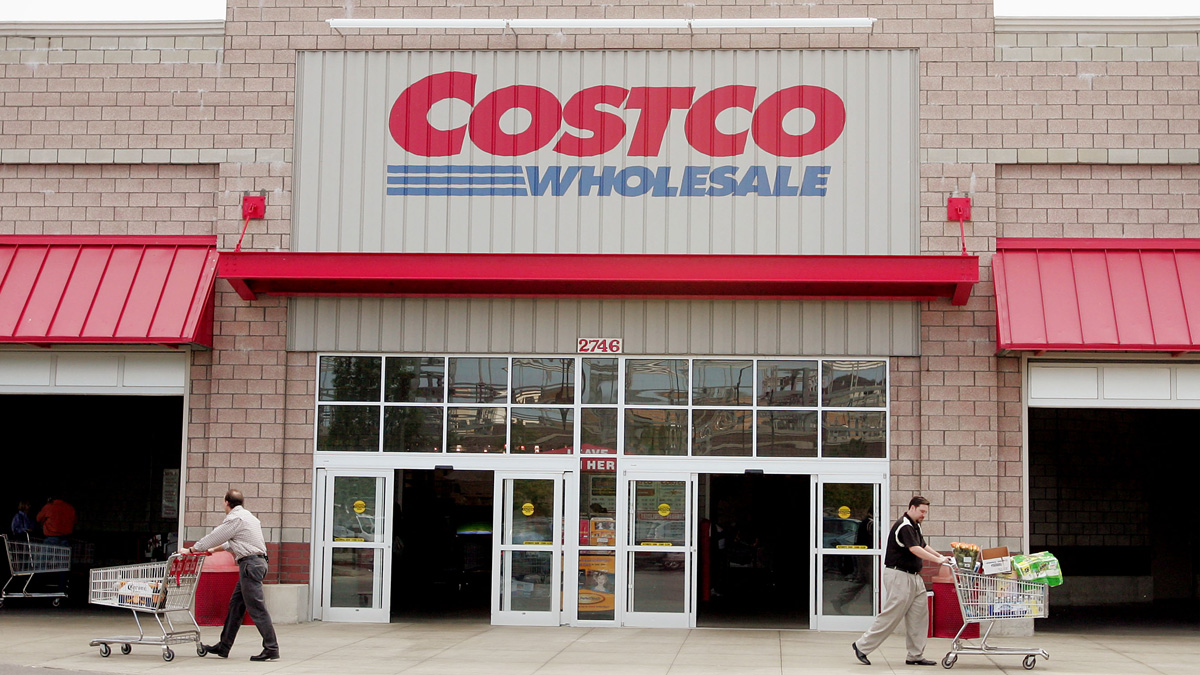July has already seen history made in what's expected to be a very active hurricane season, but an upcoming weather phenomenon could make things even worse.
Hurricane Beryl became the earliest Category 5 on record, and just the second Category 5 in the month of July. The previous record belonged to Hurricane Emily in 2005.

So why has it been so quiet the past few weeks?
July typically brings a lull in tropical development before things ramp up in August and September. Part of the reason is the ocean temperatures take a while to heat up. While this year the water has already been incredibly warm, there are more variables to add into the equation.
Every year the Saharan Air Layer (SAL) moves across the Atlantic off the coast of Africa.

Basically, these are large plumes of dust lofted 10,000 to 20,000 feet into the air, and travel across the Atlantic.
Local
While smaller plumes can actually lead to heavier rainfall (more dust for water vapor to condense into a liquid on), larger plumes can reduce solar radiation and reduce the heat needed for tropical cyclone formation.
Feeling out of the loop? We'll catch you up on the Chicago news you need to know. Sign up for the weekly> Chicago Catch-Up newsletter.
The SAL usually lasts from mid-June through mid-August, so we are right in the peak timeframe for dust to travel across the Atlantic from the east.
The Atlantic hurricane season is still expected to pick up, and it could happen quickly.
NOAA predicts a 70% chance of La Niña developing between mid-August and mid-October. La Niña is correlated with active hurricane seasons because of reduced wind shear, or creating lighter winds aloft, which allows tropical cyclones to develop faster.
According to researchers at the University of Illinois, La Niña patterns occur when sea-surface temperatures along the equator in the Pacific Ocean are unusually cold. That is in direct contrast to the abnormally warm temperatures that occur during an El Niño pattern.
Hurricane season is most active from late-August through mid-October. Tropical activities statistically peak around Sept. 10. So experts are still predicting a very active season with above-normal storms and hurricane -- and the potential for major hurricanes.

What will La Niña mean for Illinois?
During the summer months, temperatures tend to be warmer, and the Chicago area tends to get less precipitation than usual.
During the fall, however, the trend reverses itself, with cooler-than-normal temperatures and more rain than normal, according to researchers.
The winter is generally warmer during La Niña events, but Illinois and the upper Midwest are also more prone to lengthy cold snaps and heavy snowstorms according to researchers.
But just because a La Niña pattern has historically caused patterns does not mean it will continue to do so in the future. Everything hinges on just how strong the pattern ends up being, as a weaker La Niña won’t have nearly the same impact as a strong one, according to U of I researchers.



